Home>Articles>How Many Lumens Is A 150 Watt Incandescent Bulb
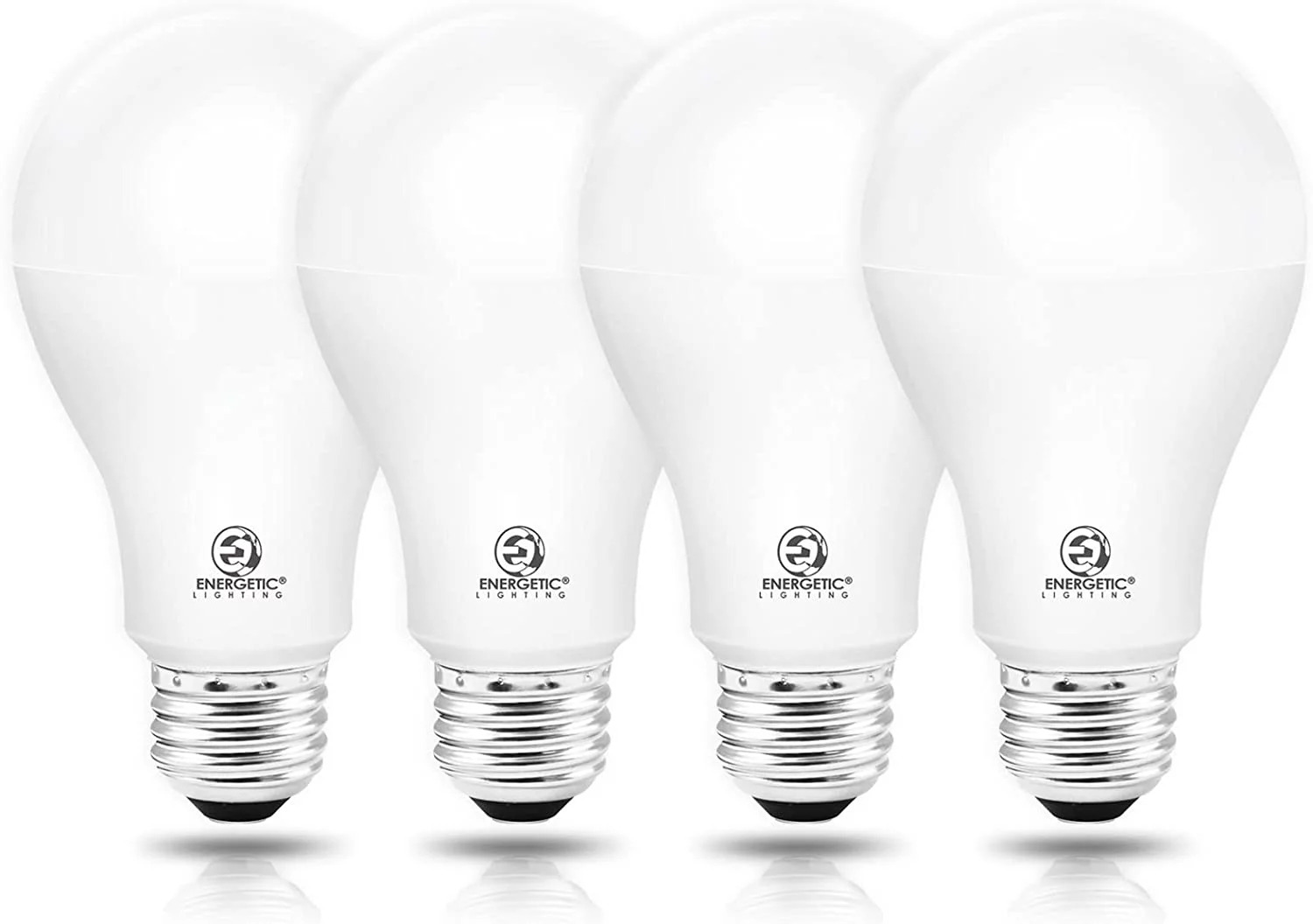

Articles
How Many Lumens Is A 150 Watt Incandescent Bulb
Modified: August 20, 2024
Discover how many lumens are produced by a 150 watt incandescent bulb and find insightful articles on various lighting topics.
(Many of the links in this article redirect to a specific reviewed product. Your purchase of these products through affiliate links helps to generate commission for Storables.com, at no extra cost. Learn more)
Introduction
Welcome to the world of lighting where lumens and watts play a critical role in determining the brightness and energy efficiency of light bulbs. For years, we have been accustomed to using watts as a measure of light bulb brightness, but with the growing popularity of energy-efficient bulbs, lumens have taken center stage. In this article, we will delve into the world of lumens and watts, specifically focusing on the lumens produced by a 150 watt incandescent bulb.
Understanding the relationship between lumens and watts is essential when choosing the right bulb for your lighting needs. Lumens refer to the amount of light emitted by a bulb, while watts indicate the amount of power consumed by the bulb. In the past, watts were used to gauge the brightness of a bulb. However, with advancements in technology and the introduction of energy-efficient options, the correlation between watts and brightness has become less straightforward.
Nowadays, manufacturers prominently display lumens on bulb packaging, making it easier for consumers to determine the brightness of a bulb. This shift from watts to lumens allows for better comparison between different types of bulbs, regardless of their energy consumption. So, let’s take a closer look at how many lumens you can expect from a 150 watt incandescent bulb.
Key Takeaways:
- Understanding lumens and watts is essential for choosing the right bulb. Consider lumens for brightness and watts for energy efficiency to make informed and eco-friendly lighting decisions.
- A 150 watt incandescent bulb produces approximately 2,250 lumens, but energy-efficient LED bulbs can achieve the same brightness with significantly lower wattage. Prioritize energy efficiency and brightness options for a sustainable lighting solution.
Understanding Lumens and Watts
Lumens and watts are two important measurements that are often confused when it comes to understanding the brightness and energy efficiency of light bulbs. To set things straight, let’s take a closer look at what each of these terms actually means.
Lumens, as mentioned earlier, measure the amount of light emitted by a bulb. The higher the number of lumens, the brighter the light. It’s important to note that lumens measure the perceived brightness of light, rather than the actual power consumed by the bulb. This means that two bulbs with the same number of lumens can have different wattage ratings, indicating variations in energy usage.
On the other hand, watts refer to the amount of power consumed by a bulb. In the past, when incandescent bulbs were commonly used, wattage was a reliable indicator of brightness. Higher wattage bulbs produced more light, while lower wattage bulbs produced less light. However, with the advent of energy-efficient lighting options like LED and CFL bulbs, the correlation between wattage and brightness has become less straightforward.
LED and CFL bulbs are designed to produce higher lumens while consuming lower wattages, making them much more energy-efficient than traditional incandescent bulbs. For example, an LED bulb with a wattage rating as low as 10 watts can produce the same amount of brightness as an incandescent bulb with a wattage rating of 60 watts. This is because LED bulbs convert a higher percentage of electrical energy into light, while incandescent bulbs waste a significant amount of energy as heat.
By understanding the difference between lumens and watts, you can make more informed decisions when purchasing light bulbs. Instead of solely relying on wattage, it’s crucial to consider the lumens produced by a bulb to determine its brightness. This will ensure that you get the right level of illumination while also conserving energy.
Lumens of a 150 Watt Incandescent Bulb
An incandescent bulb typically produces around 15 lumens per watt of power consumed. Therefore, a 150 watt incandescent bulb would produce approximately 2,250 lumens of brightness. This level of brightness is considered quite high and can illuminate a large area effectively.
It’s worth noting that incandescent bulbs are known for their warm and comforting glow. However, they are also highly energy inefficient, as a significant portion of the energy consumed is converted into heat rather than light. This inefficiency led to the development of more energy-efficient alternatives, such as LED and CFL bulbs.
Compared to incandescent bulbs, LED bulbs can produce the same amount of brightness with significantly lower wattage ratings. For instance, an LED bulb with a wattage rating of 15 watts can produce the same amount of lumens as a 150 watt incandescent bulb. This energy saving feature of LED bulbs has made them extremely popular as a replacement for traditional incandescent bulbs.
Additionally, LED bulbs have a much longer lifespan compared to incandescent bulbs. While an incandescent bulb may last for around 1,000 hours, an LED bulb can last anywhere from 15,000 to 50,000 hours depending on the quality and usage. This extended lifespan makes LED bulbs a cost-effective choice in the long run, despite their higher initial price.
When considering the lumens of a 150 watt incandescent bulb, it’s important to keep in mind the energy efficiency aspect and consider the environmental impact as well. By switching to energy-efficient alternatives like LED bulbs, not only can you enjoy the same level of brightness, but you can also significantly reduce your energy consumption and contribute to a greener future.
A 150 watt incandescent bulb typically produces around 2600-2800 lumens. However, it’s important to note that incandescent bulbs are being phased out in many places due to their inefficiency. Consider switching to LED bulbs for energy savings.
Comparing Lumens and Watts in Different Bulbs
When it comes to choosing the right light bulb, comparing lumens and watts can help you find the perfect balance between brightness and energy efficiency. Different types of bulbs have varying levels of brightness for the same wattage rating, so let’s explore how lumens and watts compare in some common bulb options:
- Incandescent Bulbs: As mentioned earlier, incandescent bulbs typically produce around 15 lumens per watt. So, a 60 watt incandescent bulb would generate approximately 900 lumens of brightness. However, remember that incandescent bulbs are highly energy inefficient and have a shorter lifespan compared to other options.
- CFL Bulbs: Compact Fluorescent Lamp (CFL) bulbs are more energy-efficient than incandescent bulbs, producing around 50-70 lumens per watt. For example, a 15 watt CFL bulb can produce approximately 750-1,050 lumens of brightness. CFL bulbs have a longer lifespan compared to incandescent bulbs but contain trace amounts of mercury, requiring proper disposal.
- LED Bulbs: Light Emitting Diode (LED) bulbs are the most energy-efficient option available, typically producing between 80-100 lumens per watt. For instance, a 10 watt LED bulb can generate around 800-1,000 lumens of brightness. LED bulbs also have the longest lifespan, consume less energy, and are more durable compared to incandescent and CFL bulbs.
Comparing lumens and watts allows you to make informed decisions when selecting the right bulb for your needs. While wattage indicates the amount of power consumed, lumens provide a direct measure of brightness. By considering the lumens per watt of a bulb, you can determine its energy efficiency and choose the appropriate level of brightness for your space.
It’s important to note that different lighting applications require varying levels of brightness. For areas that require intense illumination, such as kitchens or workspaces, higher lumen outputs are desirable. On the other hand, ambient lighting or accent lighting may require lower lumen levels for a soft and cozy atmosphere. Consider the function and mood of the space when selecting the appropriate bulb.
All in all, comparing lumens and watts in different bulbs allows you to find the right balance between brightness, energy efficiency, and durability. As technology continues to advance, it’s important to stay informed about the latest bulb options available, enabling you to make environmentally-conscious choices that meet your specific lighting needs.
Energy Efficiency and Brightness Options
When it comes to lighting, energy efficiency has become a crucial factor in choosing the right bulb. Not only does it help lower energy consumption and reduce electricity bills, but it also contributes to a more sustainable and environmentally-friendly lifestyle. Let’s explore the different energy-efficient bulb options available and their brightness options:
- LED Bulbs: LED bulbs are the most energy-efficient option on the market. They consume significantly less energy compared to incandescent and CFL bulbs while providing excellent brightness. LED bulbs are available in a wide range of brightness options, from cool white to warm white, allowing you to create the desired ambiance in any space. They are versatile and can be used for various purposes, including general illumination and accent lighting.
- CFL Bulbs: Compact Fluorescent Lamp (CFL) bulbs are more energy-efficient than incandescent bulbs, but they consume more power compared to LED bulbs. CFL bulbs come in different brightness levels, ranging from soft white to daylight, offering a variety of lighting options. However, it’s important to note that CFL bulbs take a few seconds to reach their full brightness after being turned on.
- Halogen Bulbs: Halogen bulbs are a type of incandescent bulb that provides a brighter and whiter light compared to standard incandescent bulbs. While they are more energy-efficient than traditional incandescent bulbs, they are still less efficient than LED and CFL bulbs. Halogen bulbs are available in various brightness options and are often used for accent lighting or task lighting.
The availability of different brightness options allows you to customize your lighting setup according to your preference and needs. Whether you require bright task lighting in a workspace or a warm, cozy ambiance in a living room, there is a bulb option that can cater to your specific requirements.
When considering energy efficiency and brightness options, it’s important to also consider the lifespan of the bulb. LED bulbs have the longest lifespan among the three options mentioned above, typically lasting for tens of thousands of hours. This translates to fewer bulb replacements and less waste over time.
By prioritizing energy efficiency and choosing the right brightness option, you can create a well-lit and sustainable living or working environment. Remember to evaluate your lighting needs, take into account the desired brightness level, and opt for energy-efficient bulbs that align with your personal preferences and values.
Conclusion
In conclusion, lumens and watts play a crucial role in determining the brightness and energy efficiency of light bulbs. While watts indicate the power consumed by a bulb, lumens measure the amount of light produced. The transition from watts to lumens as a measure of brightness allows for better comparison between different types of bulbs, regardless of their energy consumption.
Specifically focusing on a 150 watt incandescent bulb, it would produce approximately 2,250 lumens of brightness. However, it’s important to note that incandescent bulbs are highly energy inefficient and have shorter lifespans compared to energy-efficient alternatives like LED and CFL bulbs.
LED bulbs, for example, can produce the same amount of brightness with significantly lower wattage ratings. They are highly energy-efficient, durable, and have the longest lifespan among all light bulb options. CFL bulbs, on the other hand, offer a balance between energy efficiency and affordability, while halogen bulbs provide a bright and white light.
When choosing the right bulb for your needs, consider both the lumens and wattage. Determine the desired level of brightness for the space and select a bulb that meets that requirement while optimizing energy efficiency. Additionally, keep in mind the lifespan of the bulb, as this can impact long-term costs and reduce waste.
By making informed decisions and choosing energy-efficient bulbs, you can achieve the perfect balance between lighting quality, energy efficiency, and sustainability. Whether it’s for your home, office, or any other space, prioritizing lumens and watts will help you create a well-lit, environmentally-friendly environment that suits your needs and preferences.
So, the next time you find yourself in need of a new light bulb, pay attention to lumens and watts, and make a choice that brightens your surroundings while saving energy and contributing to a greener world.
If you've enjoyed lighting up your knowledge on lumens and incandescent bulbs, don't miss our next feature on modern home aesthetics. Dive into our latest article where we shine a spotlight on the 15 best LED mirrors that blend functionality with sleek design. Perfect for anyone looking to enhance their home with stylish yet practical lighting solutions, these mirrors promise to transform any space into a vibrant and elegantly illuminated haven.
Frequently Asked Questions about How Many Lumens Is A 150 Watt Incandescent Bulb
Was this page helpful?
At Storables.com, we guarantee accurate and reliable information. Our content, validated by Expert Board Contributors, is crafted following stringent Editorial Policies. We're committed to providing you with well-researched, expert-backed insights for all your informational needs.
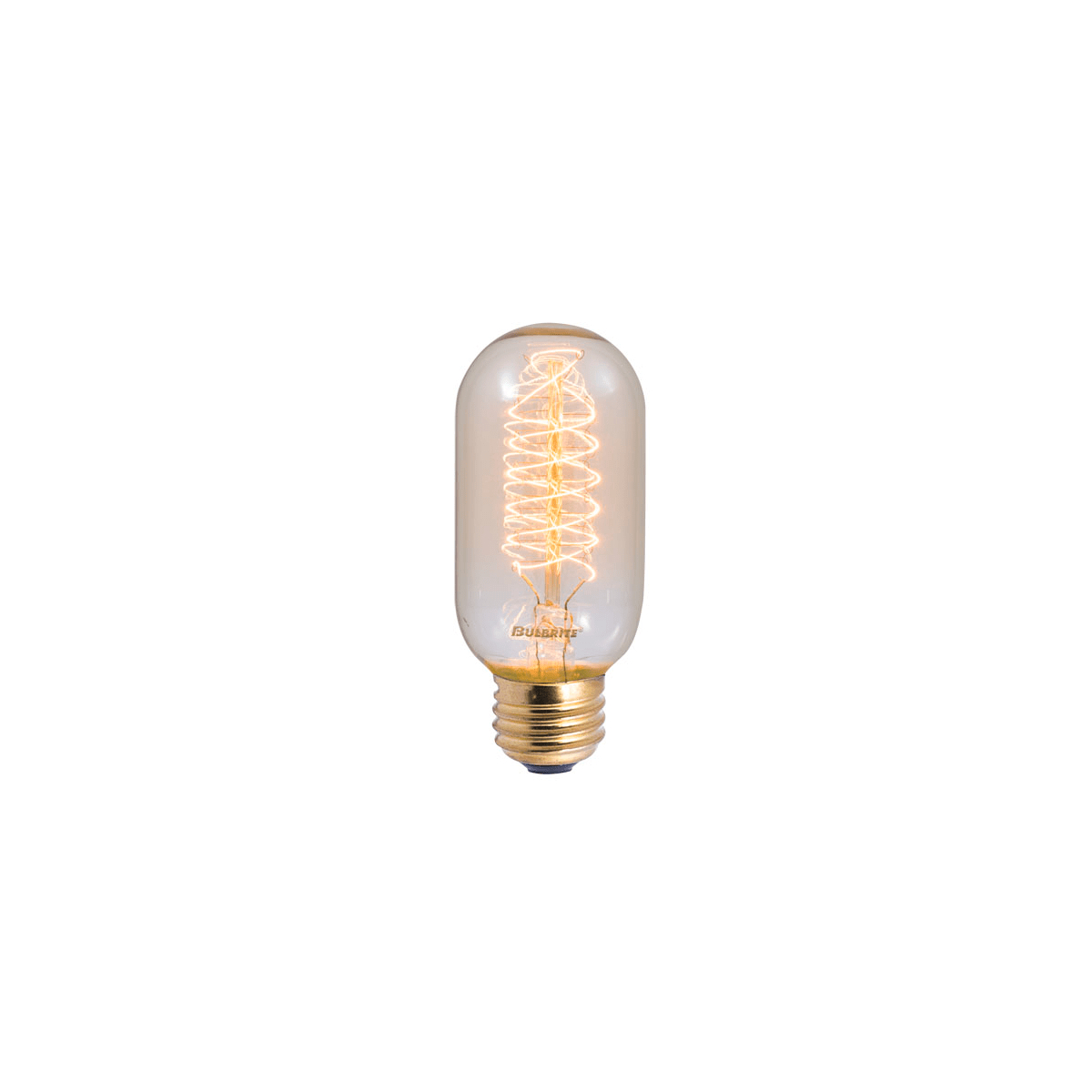
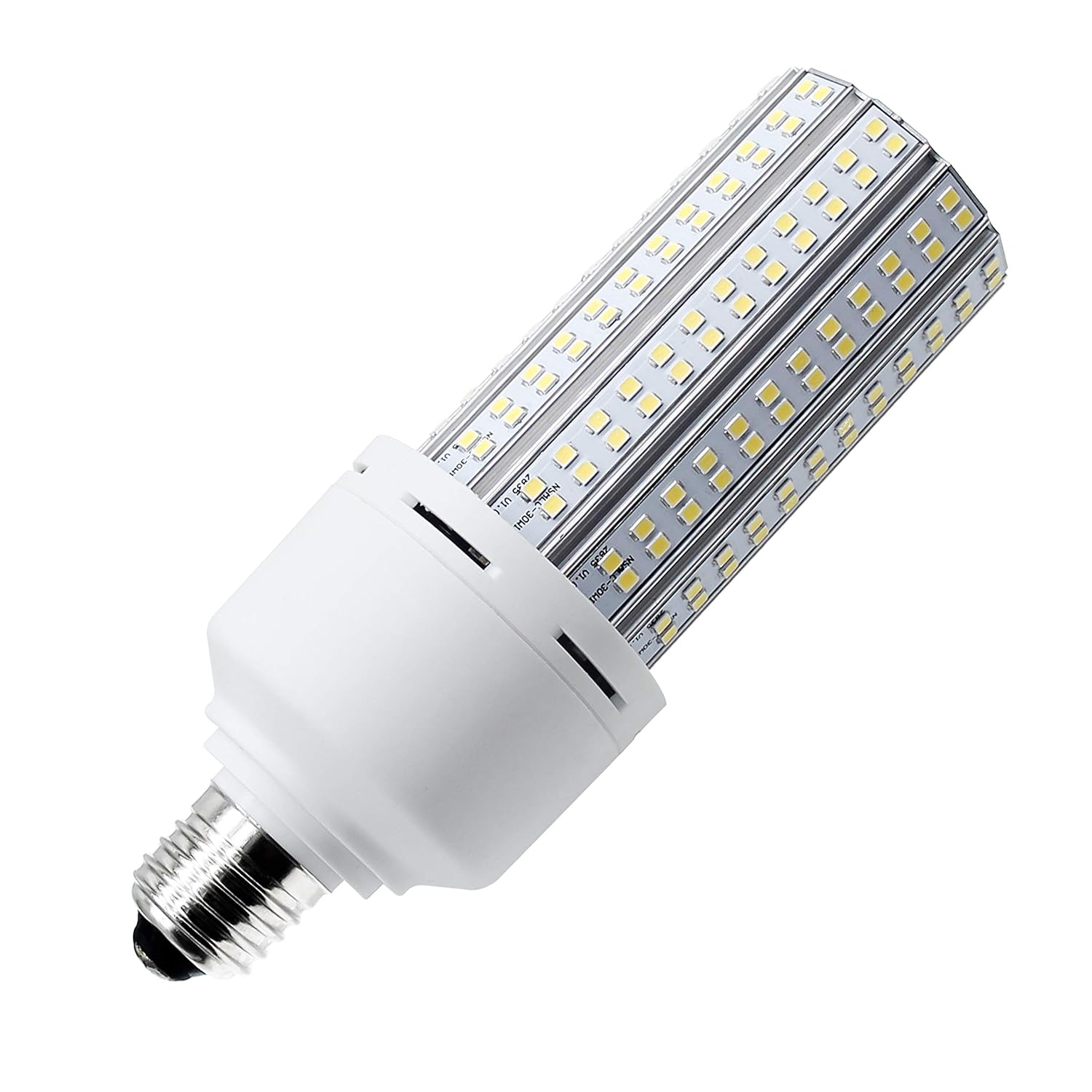

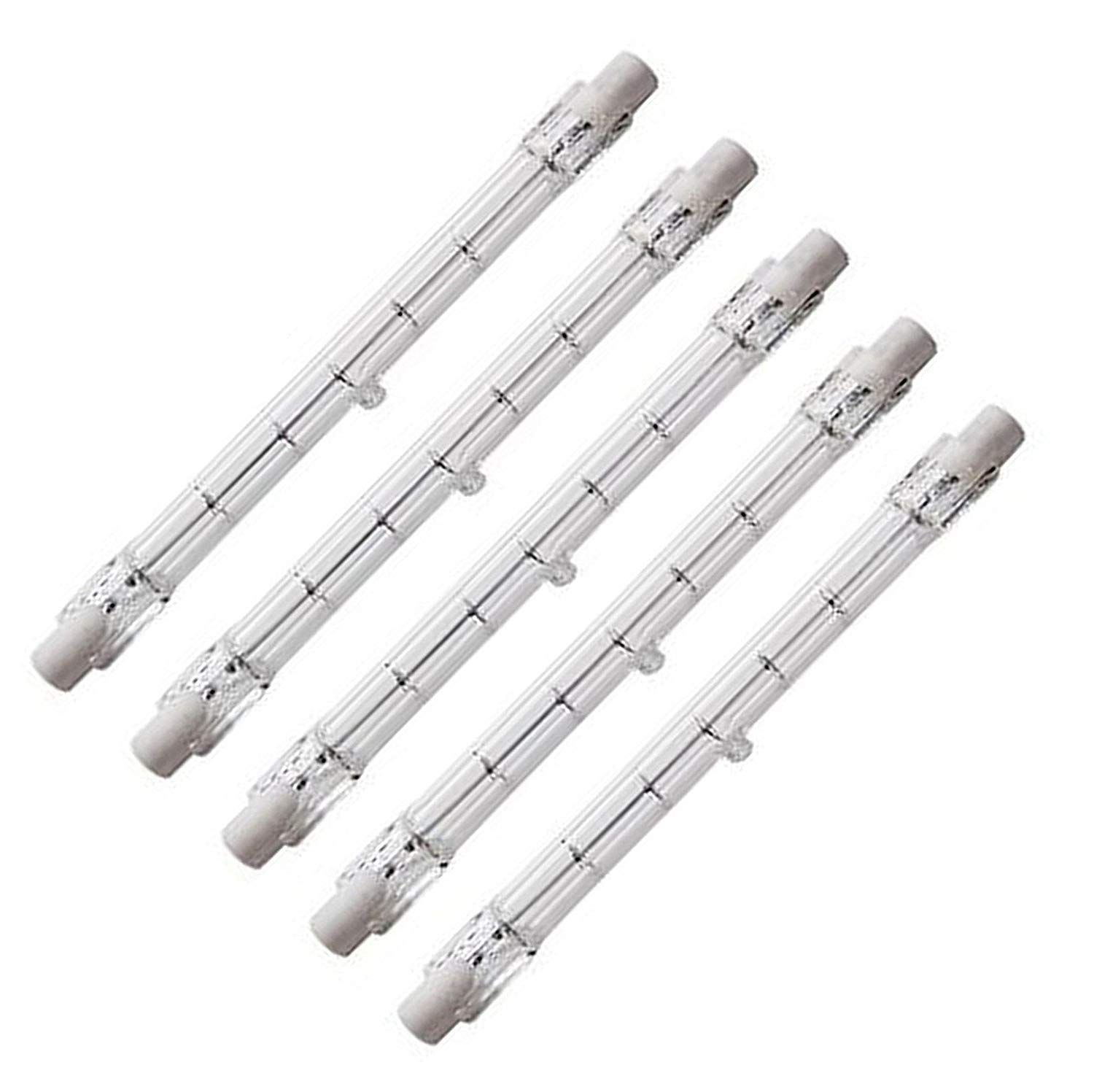
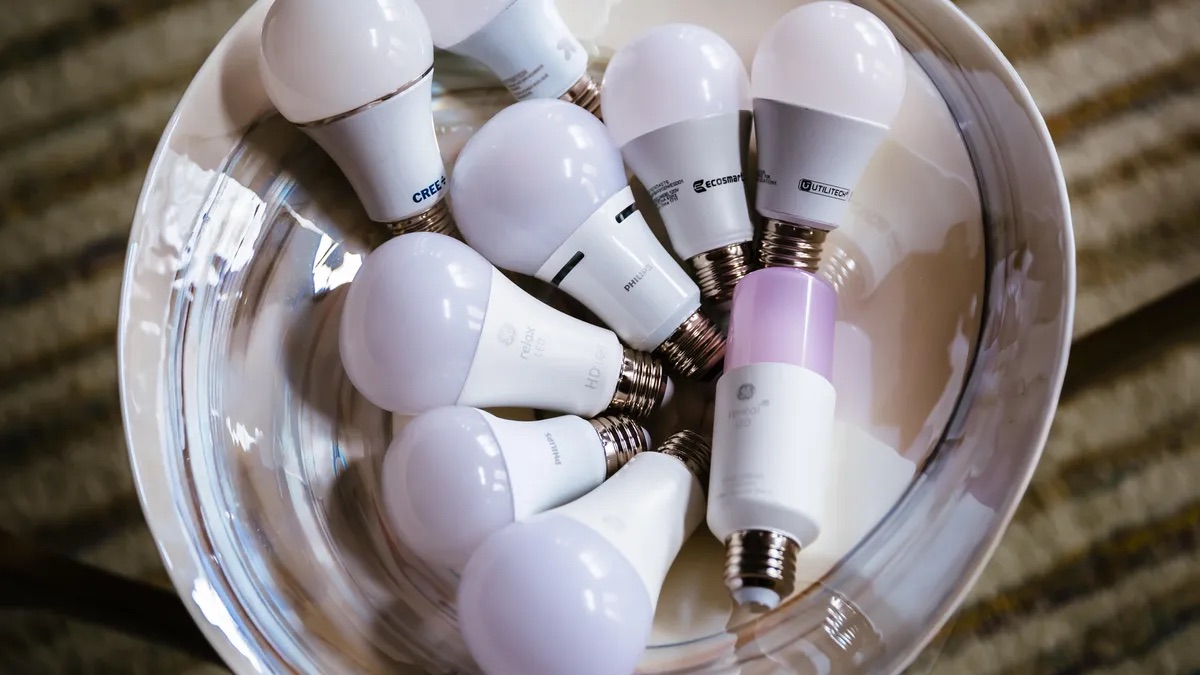
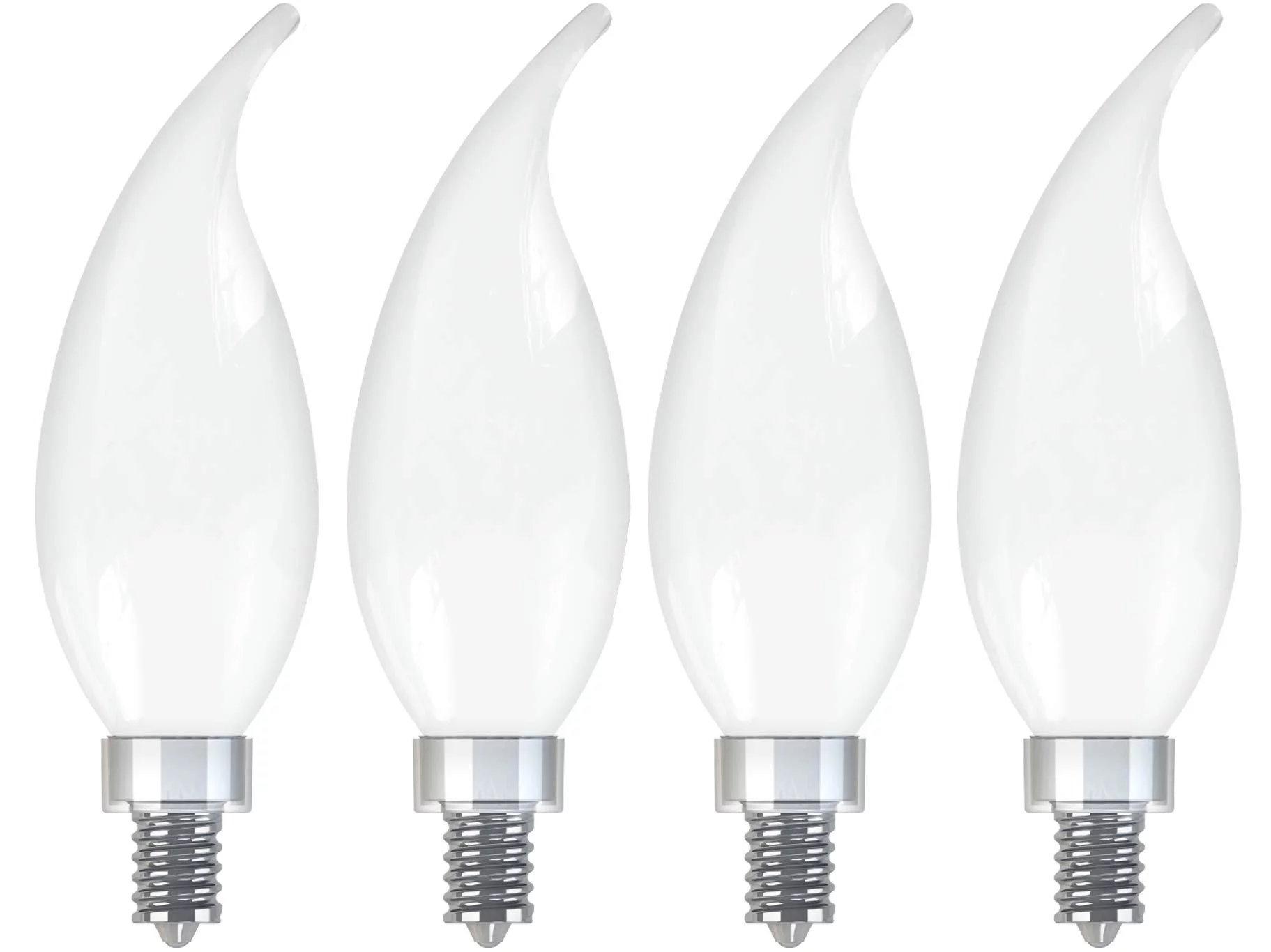
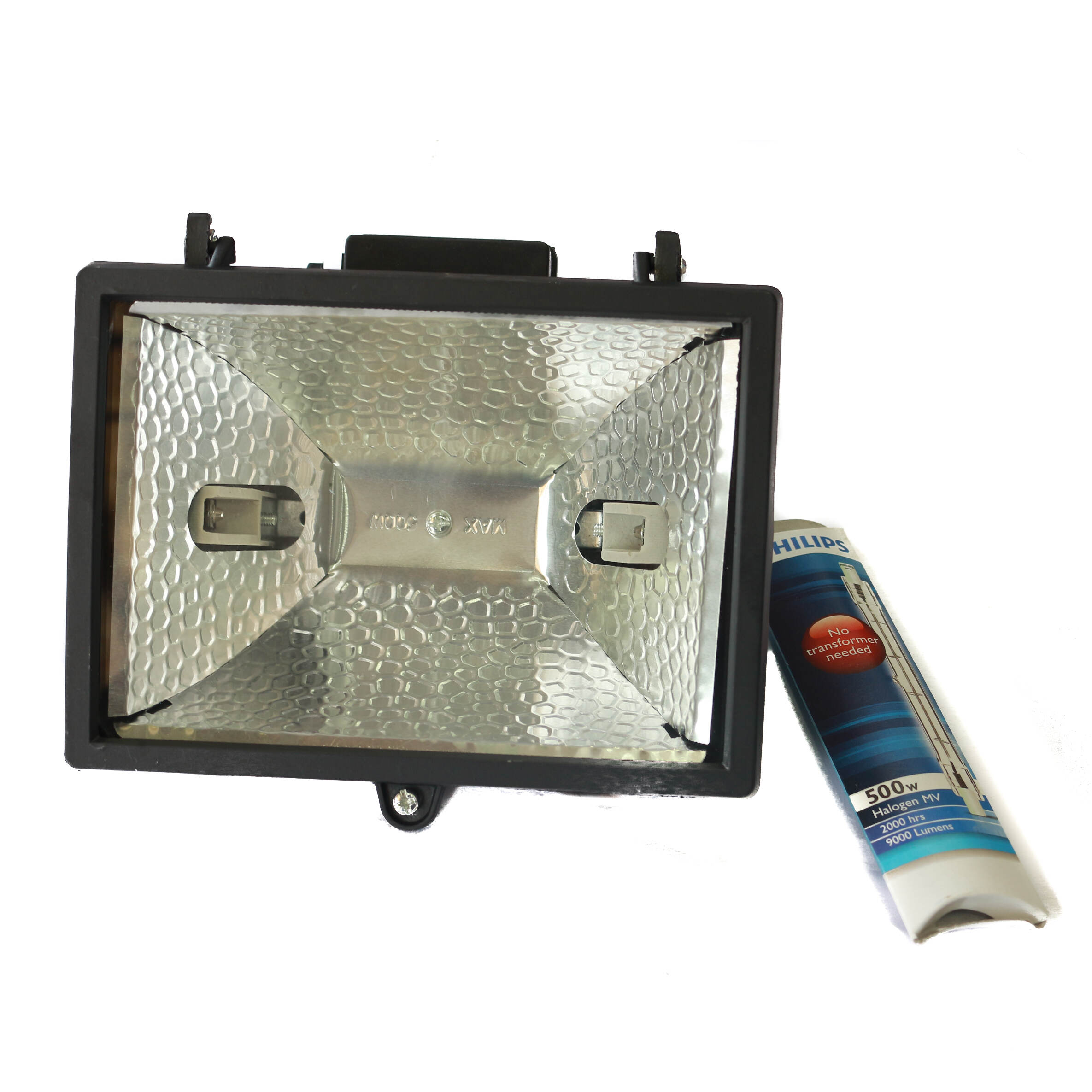
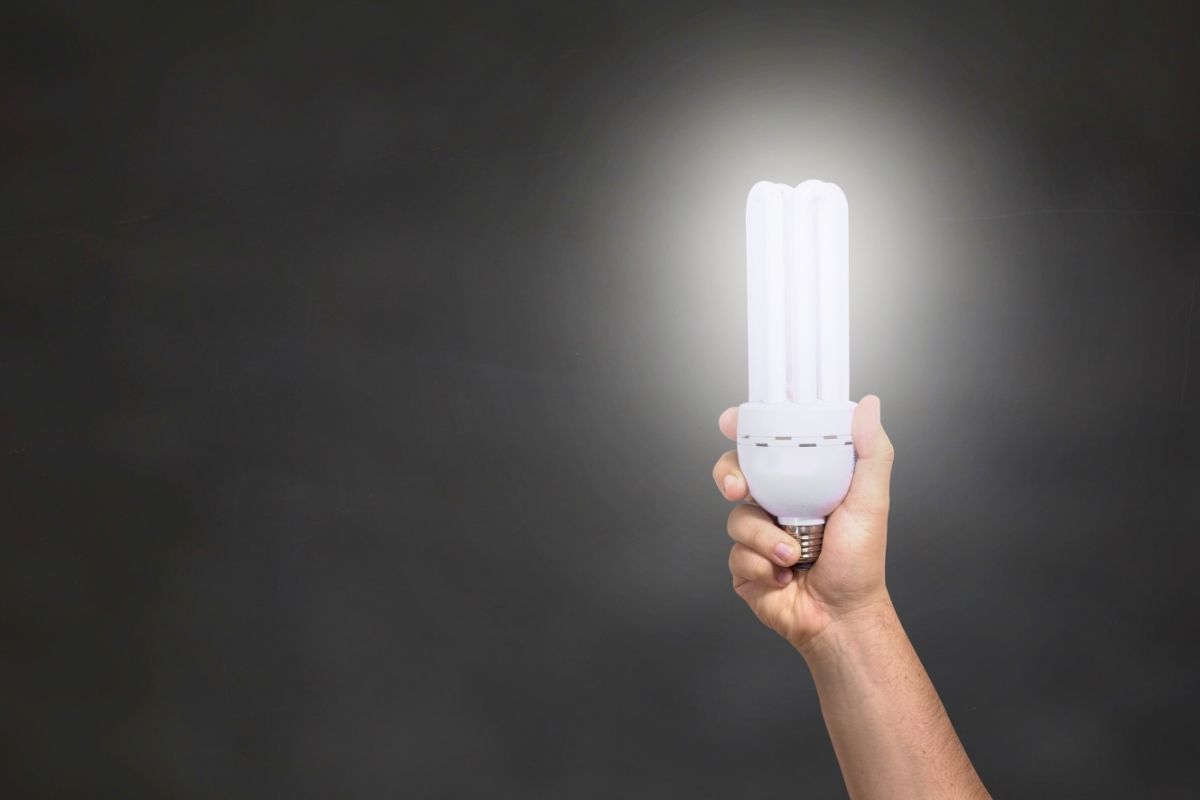
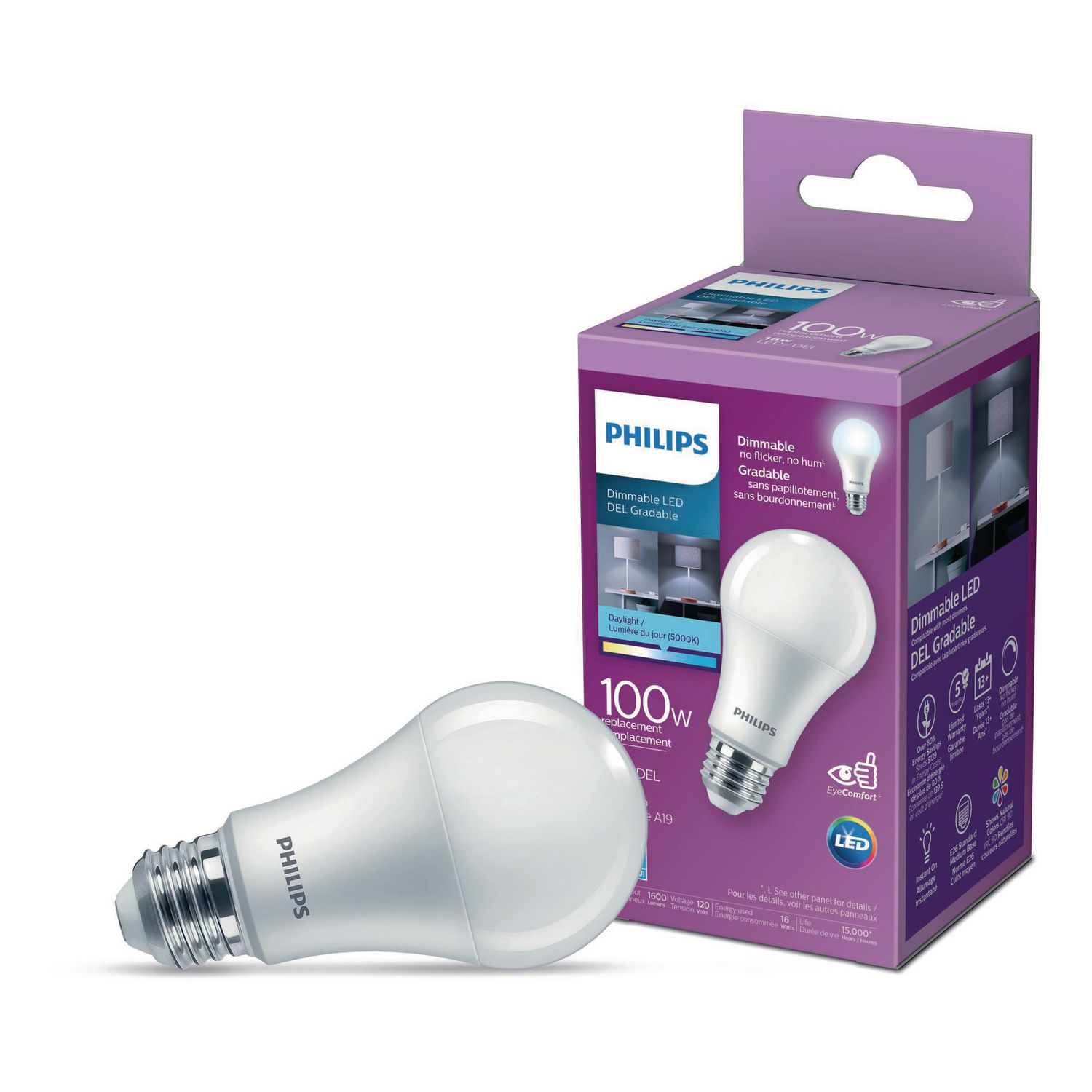
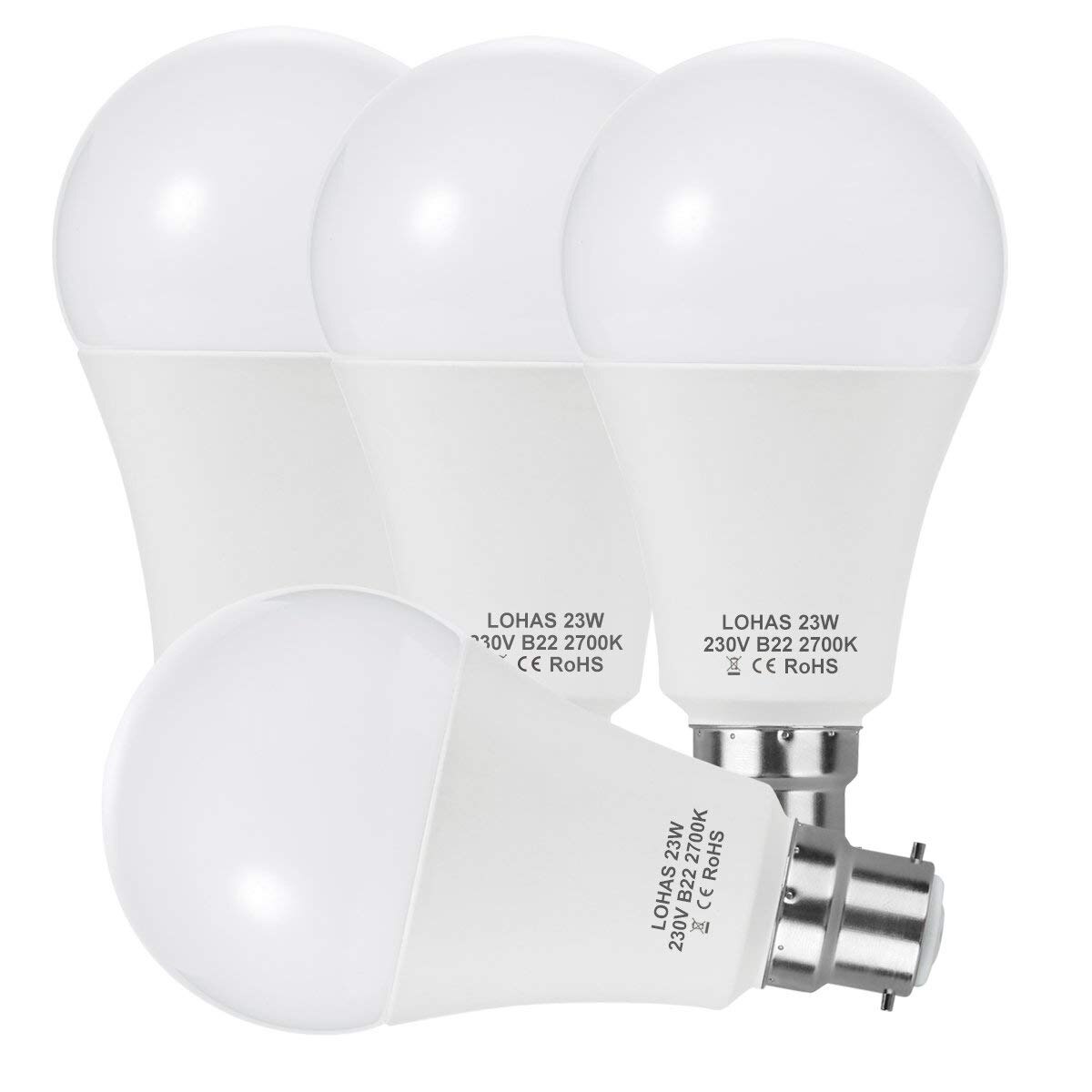
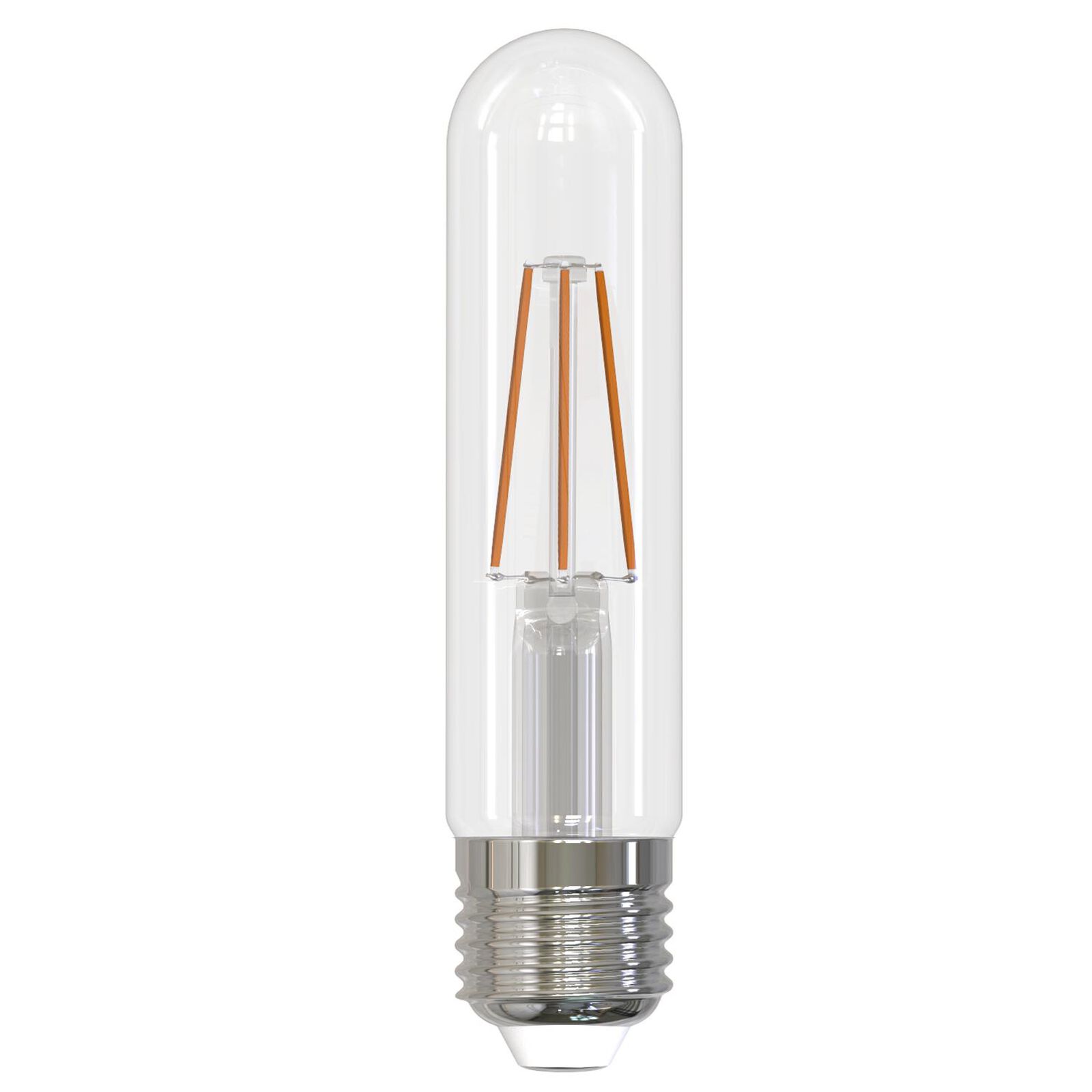
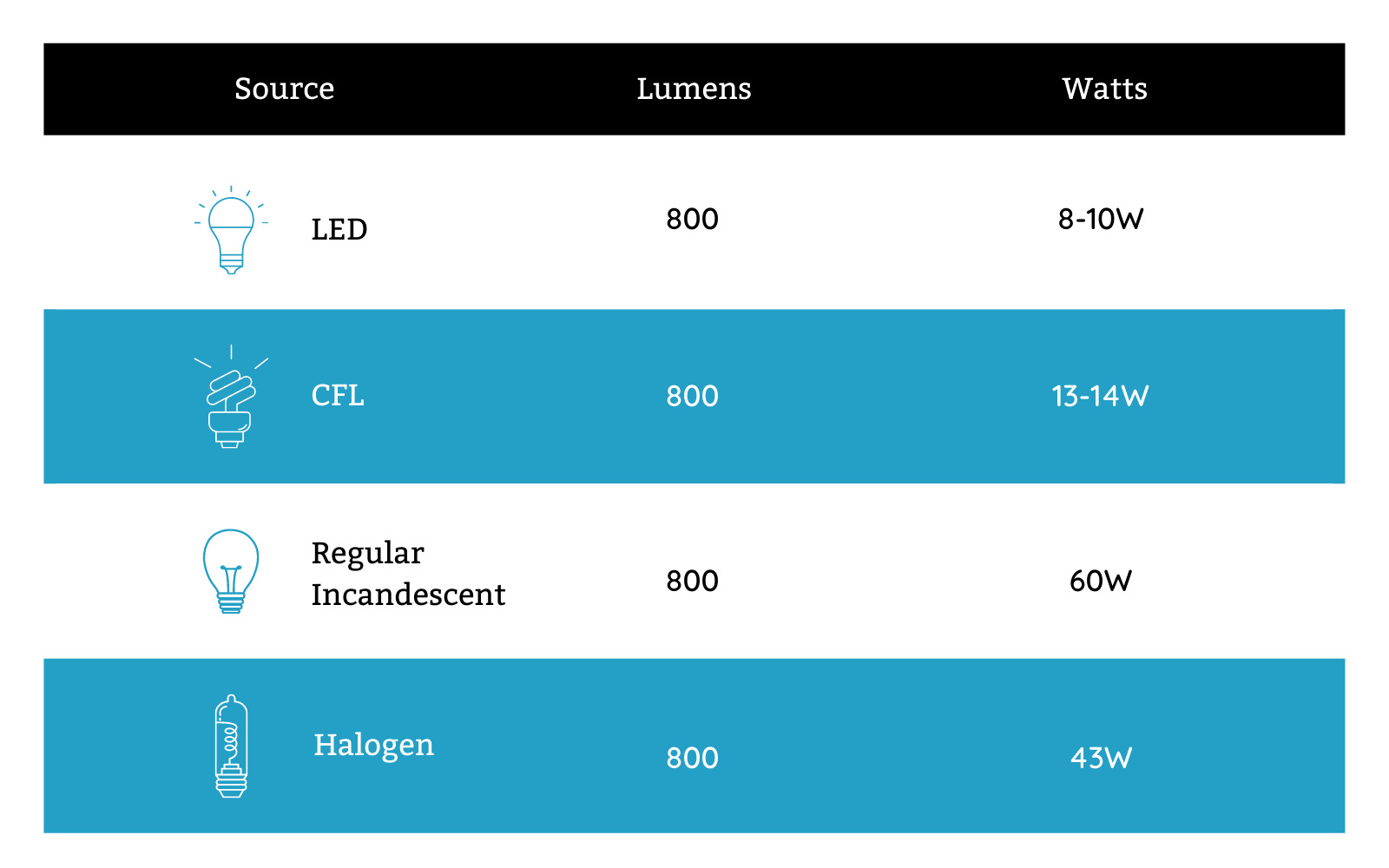
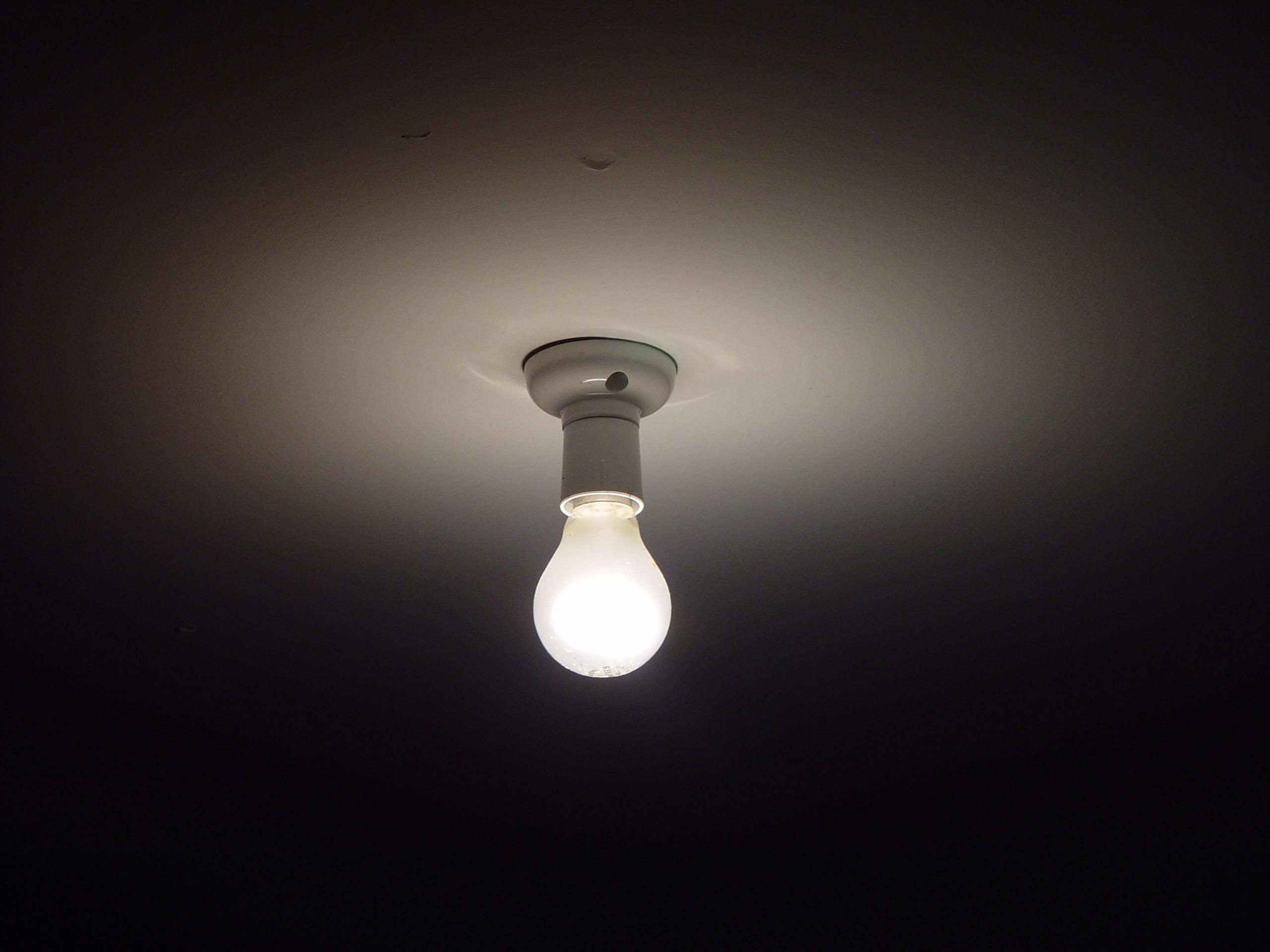
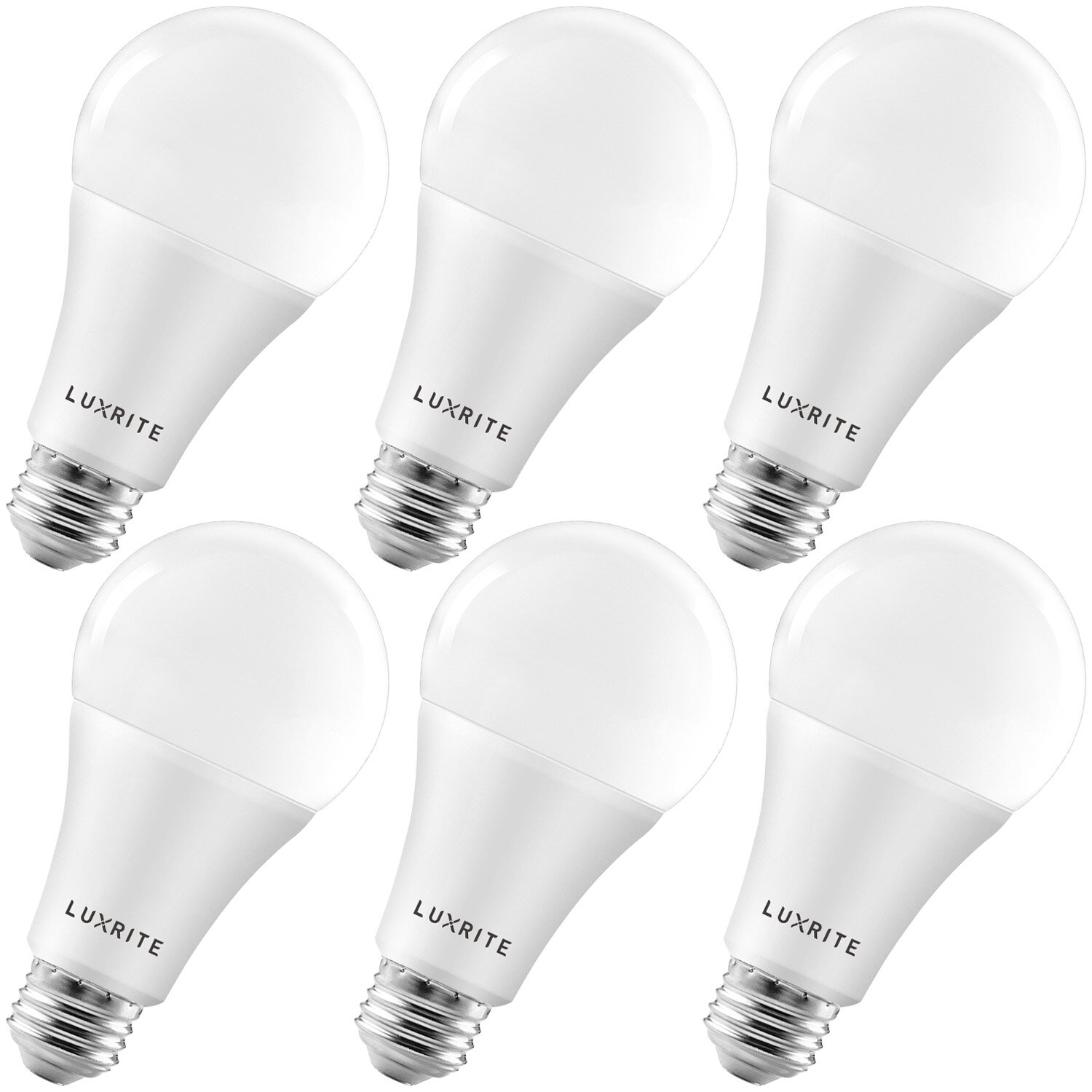

0 thoughts on “How Many Lumens Is A 150 Watt Incandescent Bulb”